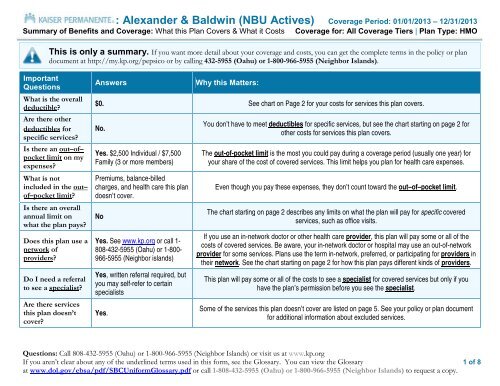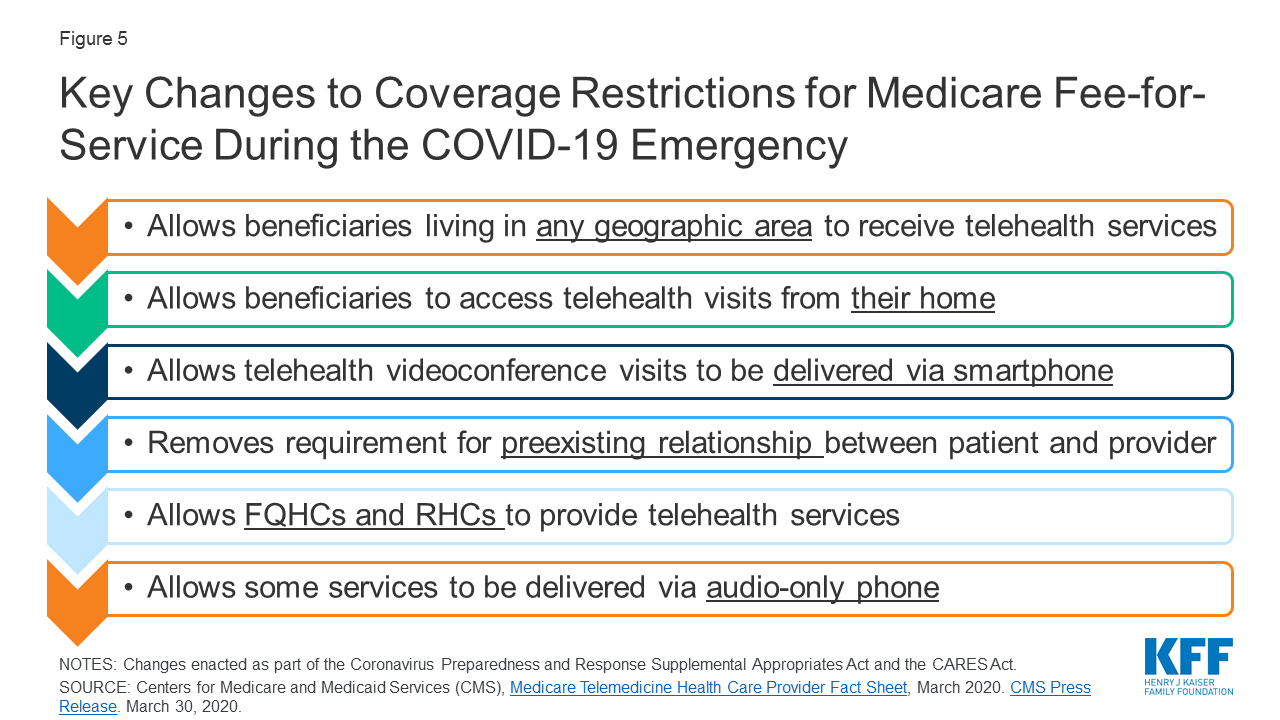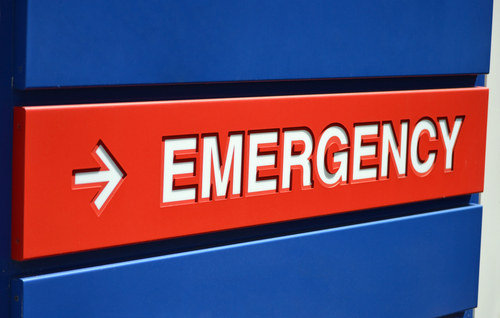- Kaiser Emergency Room Copay Card
- Kaiser Emergency Room Copay Cards
- How Much Is Kaiser Emergency Room Visit
In addition, if the ambulance company that transports you to the emergency room doesn't take your insurance, your out-of-network costs could be over $2,000, depending on factors such as where you. Emergency or urgent care need is under control or is being managed by a doctor. If you get emergency care, call Kaiser Permanente when your condition is stable to let us know you’ve been treated for an emergency or admitted to a hospital. See page 9 for phone numbers for reporting an emergency (or post-stabilization care).
Copayments for office visits, pharmacy services, emergency room care, and inpatient hospital care can be found online if you are registered through One Health Port to access Kaiser Permanente. For members on Medicare hospice plans or contracts, copayment. Emergency care - Kaiser Permanente. Kaiser Permanente is experiencing very high call volume related to the COVID-19 vaccine. We apologize if you are unable to reach a representative at this time. If you think you are having a medical or psychiatric emergency, hang up and dial 911 or go to the nearest hospital. X-ray of knee $107 Full charges — $107 Copay or coinsurance — for example, $10 or 20% of estimated fee Ultrasound of pelvis $380 Full charges — $380 Copay or coinsurance — for example, $20 or 30% of estimated fee Stress test $188 Full charges — $188 Copay or coinsurance — for example, $25 or 40% of estimated fee Are you a member registered on kp.org?
In the middle of a medical emergency, you don’t have time to wonder whether the doctor who is reading your X-rays is in your insurance network. Starting this fall, changes under the health-care overhaul will take some of the worry out of emergency room visits. But the new provisions don’t cover all the bases, and in some instances you may still get blindsided by unexpected costs.
Accidents and other mishaps sometimes happen far from home. When they do, you may discover that you owe a bigger chunk of the ER costs because the hospital, doctors and other medical staff who patched you up were out of network – that is, your health plan didn’t have a contract with them to provide services at an agreed-upon rate. In those instances, a health plan often covers a lower percentage of the costs than it would if you had been treated within the network.
This can be a problem even if you break your leg in your back yard rather than skiing at Vail. Often unbeknownst to patients, some of the doctors and other providers at their in-network hospital may themselves be out of network and not under contract to a particular insurer.
Candice Butcher ran into this problem last year when her son Logan, then 2, collided with a dining room chair and opened up a deep gash on his head nearly three inches long. She drove five minutes to the emergency room near their home in Salem, Va., where a physician assistant cleaned the wound and closed it with two staples.
Then she got the bill. It included a $750 out-of-network charge for the physician assistant’s services. Butcher successfully disputed the charge, arguing for a 40 percent discount because the hospital she went to was in network and because the discounted figure was about what an in-network fee would have been. Butcher was in a better position than many to fight the charge: She’s chief executive of Medical Billing Advocates of America, which helps consumers fight coverage denials and underpayments. “We see this kind of problem all the time,” she says.
Under the new health-care law, you may not have to be a medical billing expert to avoid many out-of-network charges for emergency care. The law is designed to prohibit insurance plans from charging higher co-payments or coinsurance amounts for out-of-network emergency services or from imposing other coverage limitations that would not apply to in-network care. The provisions go into effect on Sept. 23, but plans are not required to implement the change until the beginning of the new insurance plan year.
Note, however, that the provisions apply only to new health plans, not existing ones that are grandfathered under the law and exempted from some regulations. activate boricuaspuerto rican genealogy. Eventually, many of those existing plans are expected to lose their grandfathered status – by amending their plans beyond allowable limits – but for now they don’t have to comply.
The law also says that people can’t be required to seek approval from their health plan before getting emergency care. Nearly every state already has laws prohibiting such “prior authorization,” says Timothy Jost, a law professor at Washington and Lee University in Lexington, Va. But the new federal law covers all types of plans, including those of self-insured companies that pay their employees’ health claims directly and are exempt from state insurance regulations.
Consumers may face a potentially more troubling problem, however. The new law continues to allow out-of-network providers to “balance bill” patients for amounts the insurer doesn’t pay. Here’s what happens:
The provider bills the insurer, and the insurer – which has no contract with the doctor or hospital – pays what it considers a reasonable rate for the area and the service. At that point, the out-of-network provider may bill the patient for the balance that the insurer didn’t pay. And unless you live in one of the 10 or so states where balance billing is limited or prohibited, you may be on the hook for that amount. The only Washington area prohibition is in Maryland, which forbids HMOs to balance-bill covered services, according to the Kaiser Family Foundation. (KHN is a project of the foundation.)
Although the health-care law doesn’t prohibit balance billing, it does establish minimum guidelines for how much insurers must pay for out-of-network services. That may help reduce consumers’ costs. “The intention is to guard against gross underpayments to emergency providers, on the theory that then they won’t balance-bill patients so much,” says Cheryl Fish-Parcham, deputy director of health policy at Families USA, a consumer advocacy organization.

Schoolbuslicensesmallanne 28 online, free games. While acknowledging that balance billing may seem unfair to consumers, some experts caution that ER physicians are in a difficult position.


Under federal law, hospital emergency rooms, and therefore their doctors, must treat anyone who walks through the door, regardless of the patient’s ability to pay.
Kaiser Emergency Room Copay Card
In contrast, doctors in other settings can decide they don’t like an insurer’s terms and decline to treat those patients.
Kaiser Emergency Room Copay Cards

How Much Is Kaiser Emergency Room Visit
“Insurance companies take advantage of” that treatment requirement, says Arthur Kellermann, a former chairman of emergency medicine at Emory University’s medical school. “They think, ‘We’ll just squeeze our ER doctors, because they can’t say no.’ ” In such a situation, “the patient and the doctor are both caught in a vise,” says Kellermann, who currently directs the public health emergency-preparedness program for the Rand Corp., a nonprofit company that researches social and economic policy.

